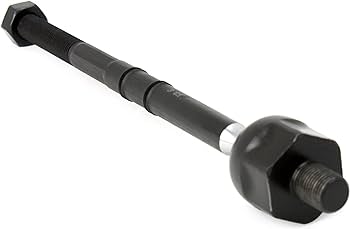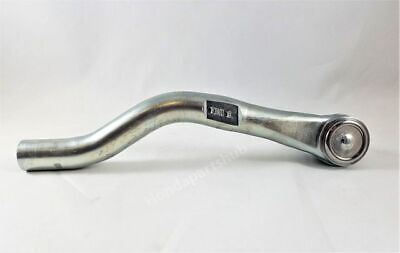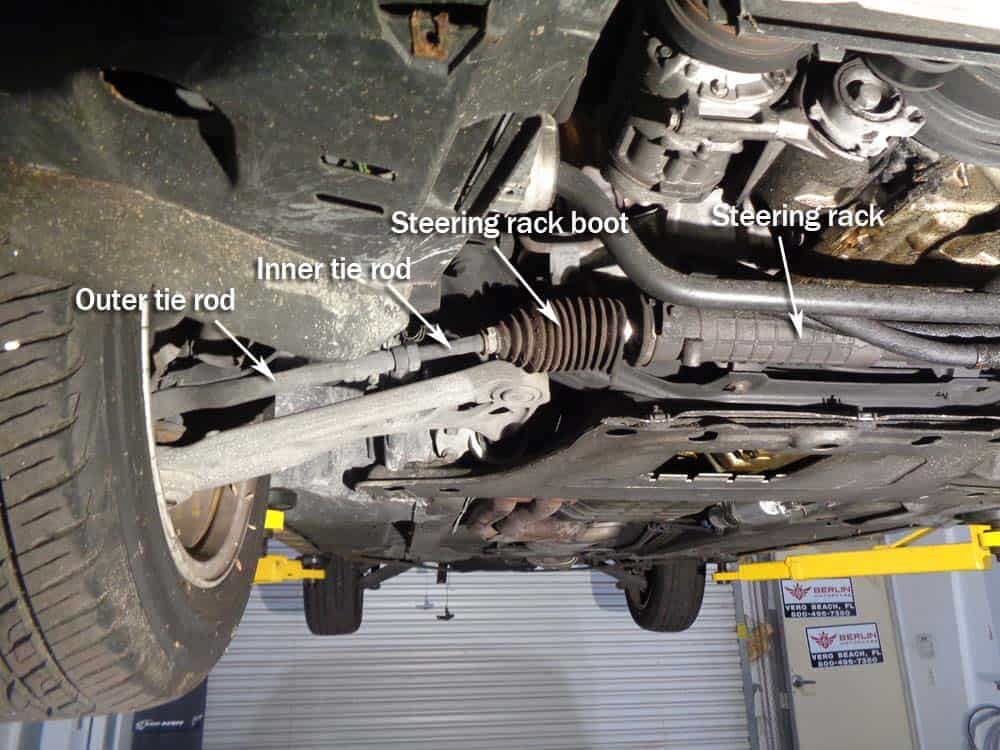Inner and outer tie rods are crucial components of a vehicle's steering system, playing a vital role in connecting the steering mechanism to the wheels. Understanding the functions and maintenance of these tie rods is essential for ensuring safe and efficient operation of your vehicle.
Definition of Inner and Outer Tie Rods:
Inner and outer tie rods are essential components of a vehicle's steering system. The inner tie rod connects the steering rack to the steering knuckles, while the outer tie rod connects the inner tie rod to the steering knuckle on each wheel.
Importance in Vehicle Steering:
Inner and outer tie rods play a crucial role in translating the driver's steering input into actual wheel movement. They help maintain proper alignment and ensure responsive steering control.

Function of Inner Tie Rods:
- Connecting Steering Rack to Steering Knuckles - Inner tie rods are responsible for linking the steering rack, located behind the engine, to the steering knuckles on the front wheels.
- Transmitting Steering Input - When the driver turns the steering wheel, the inner tie rods transmit this input from the steering rack to the steering knuckles, causing the wheels to turn accordingly.

Function of Outer Tie Rods:
- Connecting Inner Tie Rod to Steering Knuckle - Outer tie rods connect the inner tie rod to the steering knuckle of each wheel, ensuring synchronized movement during steering.
- Translating Steering Movement to Wheel Rotation - Outer tie rods help translate the steering movement initiated by the inner tie rods into actual rotation of the wheels, allowing for precise control and maneuverability.

Signs of Inner and Outer Tie Rod Wear:
- Uneven Tire Wear - One common sign of worn tie rods is uneven tire wear, where the tires may show excessive wear on one side due to improper alignment caused by faulty tie rods.
- Steering Wheel Vibrations - Vibrations felt in the steering wheel, especially at higher speeds, can indicate worn inner or outer tie rods that are no longer able to maintain proper steering control.
- Clunking Noises while Steering - If you hear clunking or knocking noises when turning the steering wheel, it could be a sign of deteriorating tie rods that need to be inspected and potentially replaced to ensure safe driving.
Importance of Maintaining Inner and Outer Tie Rods:
- Enhancing Vehicle Handling - Your inner and outer tie rods play a crucial role in steering your vehicle smoothly and responsively. By maintaining these components, you ensure that your car handles well, allowing for more precise control on the road.
- Ensuring Safety on the Road - Properly functioning inner and outer tie rods are essential for your safety while driving. They help maintain the stability of your vehicle, preventing potential accidents caused by steering issues. Regular maintenance of tie rods is key to staying safe on the road.
- Optimal vehicle performance and safety - Regular inspections and timely replacements when needed can help prevent bigger issues down the road. When it comes to replacing tie rods, it's best to trust the job to professionals for a smooth and safe driving experience.
As integral components of a vehicle's steering system, inner and outer tie rods play a significant role in ensuring optimal performance and safety on the road. Regular inspection, maintenance, and timely replacement of these components are key to preserving the efficiency and functionality of your vehicle's steering mechanism. By understanding the functions and importance of inner and outer tie rods, you can take proactive measures to maintain your vehicle's steering system and enhance overall driving performance.